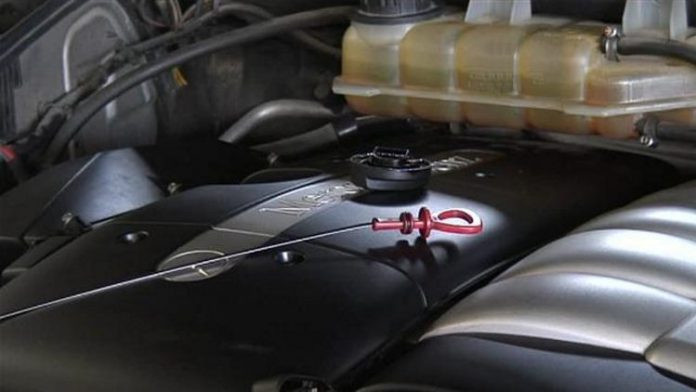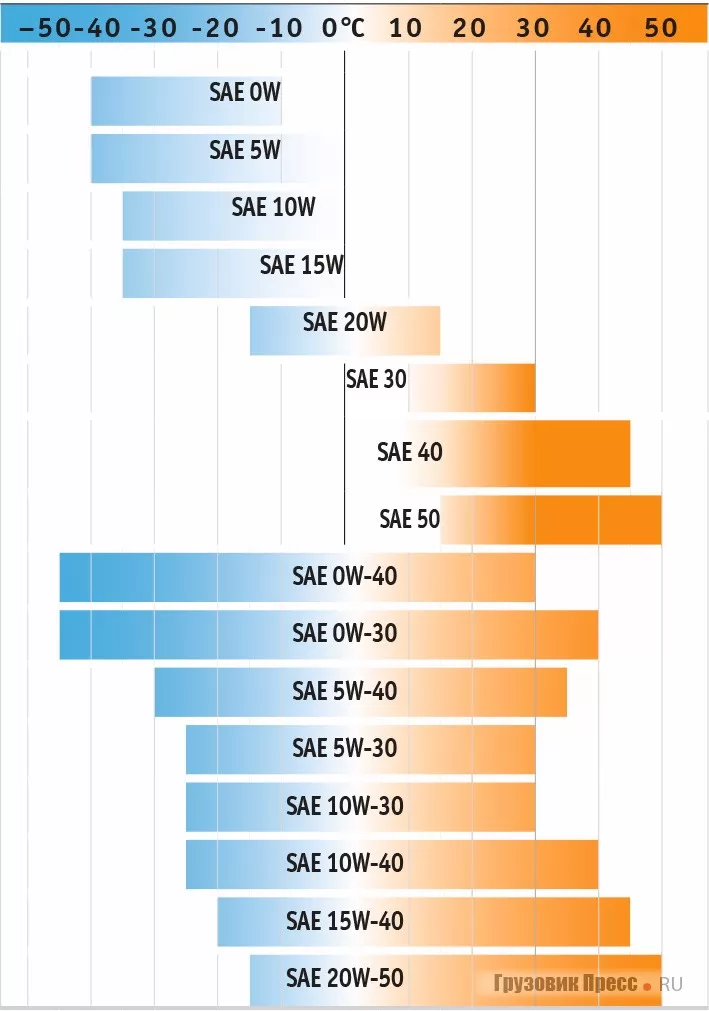
Checking the quality of engine oil
Content

Most motorists are well aware that the correct operation of the engine and the life of the power unit before overhaul directly depend on the quality and condition of the engine oil. For this reason, it is necessary to use only the types of oils recommended by the vehicle manufacturer, taking into account a number of important parameters (basic base, viscosity at high and low temperatures, SAE and ACEA tolerances).
In parallel, it is also necessary to take into account the individual operating conditions of the car, as well as change the oil and oil filter regularly. As for changing the oil, this operation must be carried out correctly (completely drain the old grease, flush the engine when replacing it with another type of oil, etc.).
However, this is not all, since it is necessary to check the oil level in the internal combustion engine at certain intervals (especially in turbo engines or if the unit often operates at loads above average). Also, for various reasons, an additional check of the quality of the oil in the engine is necessary.
In this article, we will talk about how to check the lubricant after it is poured into the oil system, as well as by what signs and how to determine the condition of the oil in the engine of a gasoline or diesel car.
The quality of engine oil in the engine: checking the condition of the lubrication
To begin with, the need for verification may arise for various reasons. Firstly, no one is immune from buying a fake. In other words, the driver may doubt the original quality of the oil used.
It is also necessary to check the lubricant when the product is unknown or has not been previously used in a particular engine (for example, synthetics have been replaced with semi-synthetics or mineral oil).
Another need to check the quality of the oil in the engine is due to the fact that the owner has purchased a specific product, taking into account the individual characteristics of operation, and wants to make sure how the lubricating fluid “works”.
Finally, the test may be simply to determine when to change the oil, if it has lost its properties, etc. In any case, you need to know how to check the engine oil and what to look for.
So, let's begin. First of all, you need to extract some oil from the engine. It is desirable that the unit first warms up to operating temperatures (when the cooling fan is turned on), and then cools down a bit (up to 60-70 degrees). This approach allows you to mix the lubricant and heat the fluid, which then gives an idea of what shape the volume of lubricant in the internal combustion engine is.
- To extract the lubricant, it is enough to remove the oil dipstick, with which the oil level is determined. After removing the dipstick from the engine, the condition of the oil can be assessed by its transparency, smell and color, as well as by the degree of fluidity.
- If no suspicious odor is detected, you should see a drop of oil coming out of the dipstick. In the event that fat drains like water, this is not the best indicator. As a rule, normally, the lubricant should first accumulate into a large drop, after which this drop will separate from the surface of the rod, but not quickly.
- In parallel, it is necessary to evaluate the appearance, which helps to determine the "freshness" of the lubricant. For example, if you look at the center of the collected drop, the probe should be relatively easy to see. In this case, the oil should not be completely black, but have a light yellowish-brown color. If so, then the product can still be used in the engine.
In the event that a cloudy drop of oil is noticed, the color of which has already become closer to dark brown, gray or black, then this indicates the need for an early replacement. In this case, you should not immediately go to the service or change the oil yourself, since even a blackened liquid can still perform its task for some time, but it is not recommended to fill such oil into the engine.
In other words, if the engine oil has turned black, it may still "work", but the protection of the parts will be minimal. At the same time, it should also be noted that fat can quickly turn black for another reason. For example, a driver has driven only 3-4 thousand km on a relatively new oil, and the oil is already turning black.
If there are no obvious problems with the engine, in some cases this is a good indicator, as it indicates that the lubricant contains active detergent additives that effectively flush the engine. At the same time, such a darkening indicates that the lubrication system is contaminated and needs intensive flushing.
This flushing can be done with a special flushing oil or before replacement. You can also flush the lubrication system with a conventional lube base, reducing oil change intervals by 30-50%.
- Let's check the lubrication in the engine. After the visual assessment described above, prepare a blank sheet of paper and drip oil onto it (oil spot method). Then you have to wait for it to dry and analyze the resulting stain.
Pay attention to form and composition. The stain should not extend too far, and the edges should also be relatively even. If particles or impurities are visible in the center of the stain, and the center itself is black or brown, then we can say that the engine oil is dirty and quite strong.
By the way, particles of metal shavings will also indicate the presence of significant wear of parts in the internal combustion engine. Such particles are easier to detect if you try to grind a dry spot on a sheet, and the very fact of their appearance is already considered a serious reason to stop the engine and a mandatory visit to the service station for in-depth diagnostics.
We also note that the appearance of a characteristic “halo” along the edges of the spot, which has a light gray or brown color, tells us that the drop contains soluble products formed as a result of oxidative processes and other chemical reactions inside the engine.
The appearance of such a boundary indicates that the process of oil oxidation can conditionally be attributed to an intermediate stage, and then the oil will age even faster, that is, its resource will be exhausted. In other words, it is advisable to change the lubricant in the near future.
With the result that
As you can see, knowing how to check engine oil on your own allows in many cases to identify counterfeit products in a timely manner, to identify the compliance of a particular type of lubricant with a particular engine, and also to understand the expiration date of the lubricant in a timely manner and it needs to be replaced.
Finally, we point out that if the task is to compare different oils, it is optimal to use the “oil slick” method in each case, after which a comparative analysis is carried out. This approach allows you to visually see the difference (transparency, color, amount of impurities, oxidation rate, detergent properties, etc.).
